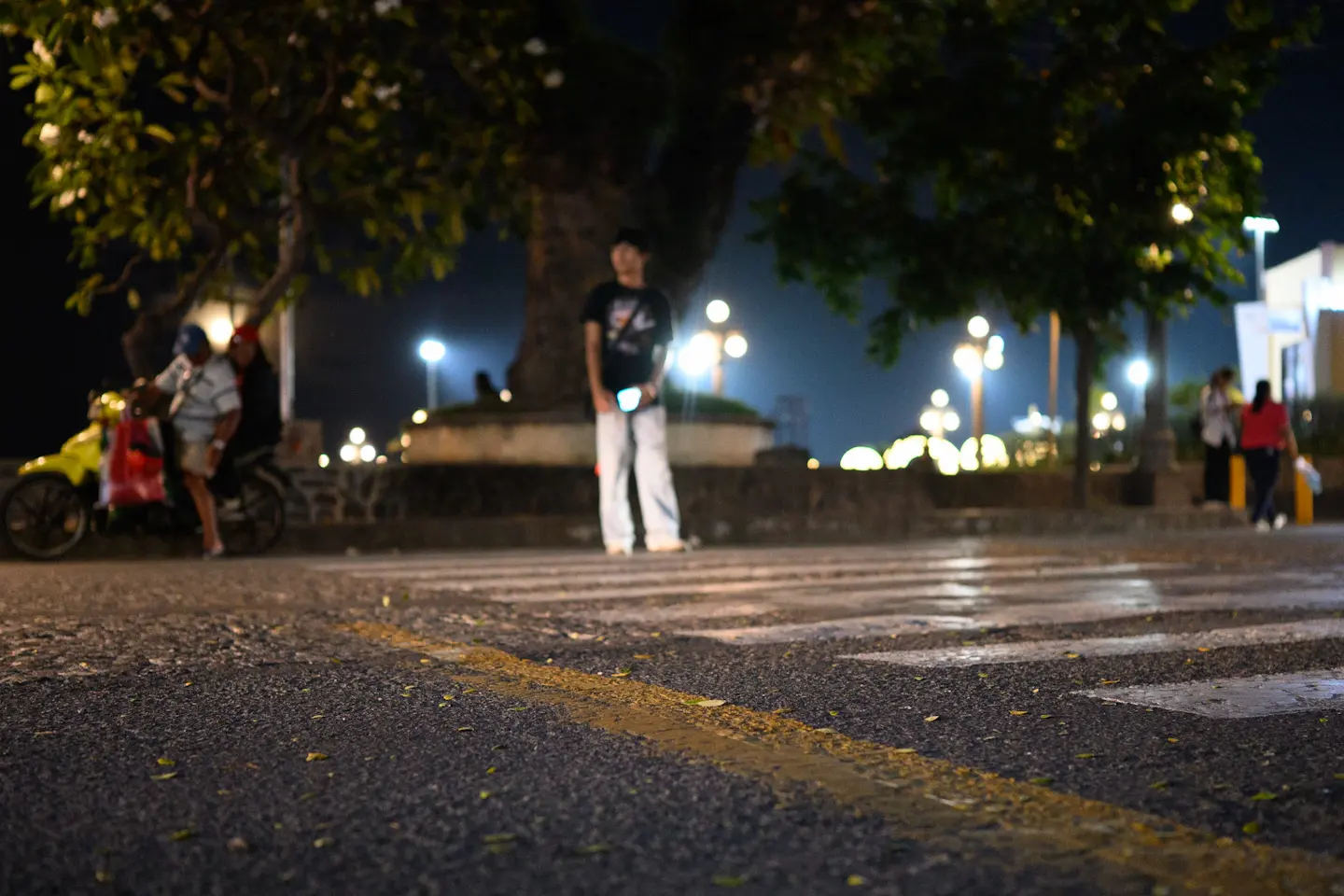First hands-on notes from the Nikon Z6III, written on the road in Dumaguete. These aren’t lab tests — just real-world thoughts as I shoot.
Nikon Z6III Field Notes
I’ve brought the Nikon Z6III with me on a trip to Dumaguete and I’m jotting these down the way I would if I were writing in a notebook between shots. The camera is incredibly comfortable to hold; it fits my small-to-medium hands like a glove. Ergonomics are excellent — exactly what I’ve come to expect from Nikon since my first D600. The build feels solid, and every button, switch and dial has satisfying feedback. The menu system is logical and easy to navigate, though once I customised my buttons I rarely needed to dive in.
One thing I loved tonight was the top LCD screen. Being able to light it up to check settings in the dark is brilliant, but it also proved handy in the daytime — I was crossing a slightly sketchy rope bridge at a jungle resort and could check my exposure at a glance without moving my grip.

The viewfinder is excellent: large, bright and crisp. The rear screen is good but I do wish Nikon had given the Z6III the tilt design from the X-T5 or Z8.
Burst Shooting & Autofocus
Last night on my hotel balcony I tried something I rarely do — testing burst modes. The 120fps mode basically feels like you’re recording video. Tracking moving vehicles was mind-blowing: sticky, confident and fast. This is a serious upgrade for action shooters. The continuous high hit rates on scooters and cars was 100% using Nikon’s 3D tracking AF mode. I’ve been using 3D tracking a lot of the time. Note to self: Test zone focus more as thats what I usually use. The 3D tracking box is a little small which is good for accuracy but it means you have to place the box quite intentionally all the time. which isn’t always the fastest thing to do to grab quick shots.
Low Light & High ISO
High ISO performance is next level. I thought I was at ISO 6400 but a few frames turned out to be ISO 64,000 — and the files were still usable. At ISO 6400, noise is virtually invisible. This camera sees in the dark.
Lenses So Far
I’ve been using the NIKKOR Z 35mm f/1.8 S and 50mm f/1.8 S. The 50mm especially has impressed me — excellent sharpness and overall rendering. In one scenario I noticed a little bokeh nervousness, but most of the time it looks smooth and pleasing. I’ll test more as the trip continues.
Battery Life
Battery life so far is very good. I’ve intentionally not charged since arrival and after two evenings and a casual day of shooting it’s nowhere near empty. I haven’t hammered it with heavy continuous bursts yet, but for typical travel shooting it feels like one battery could last a full day.
Weight
From a purely shooting perspective without looking at specs, the Z6III + 50mm 1.8 feels comparable to my X-T5 + 33mm 1.4WR but the Fuji is definitely lighter and somehow feels more compact, more so than the specs would suggest. But they’re in the same ballpark for sure.
Shooting experience
I need more time with the camera. So far, for a pro grade – all around type camera that needs to perform its right up there with the best I’ve shot. I haven’t yet clicked with it like i do with the X-T5. Shooting time will provide the answers for me. I’m impressed but it’s a different kind of shooting experience than my Fujis.

